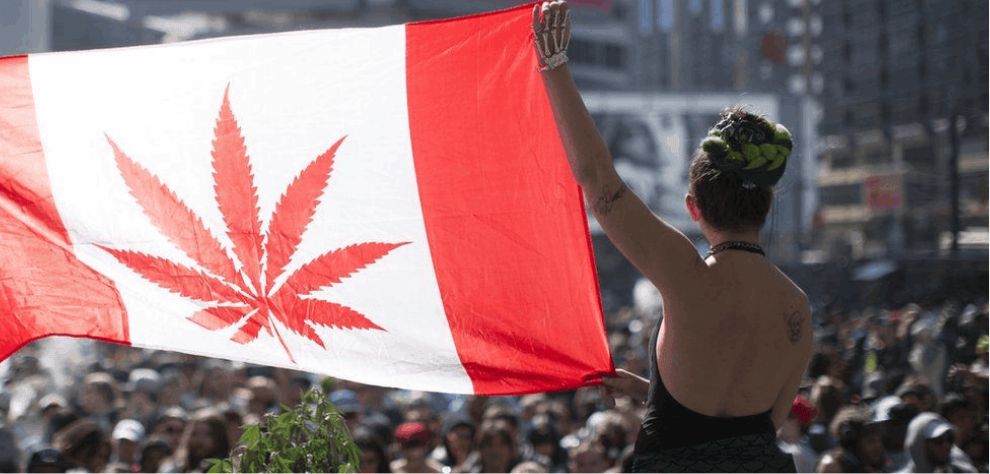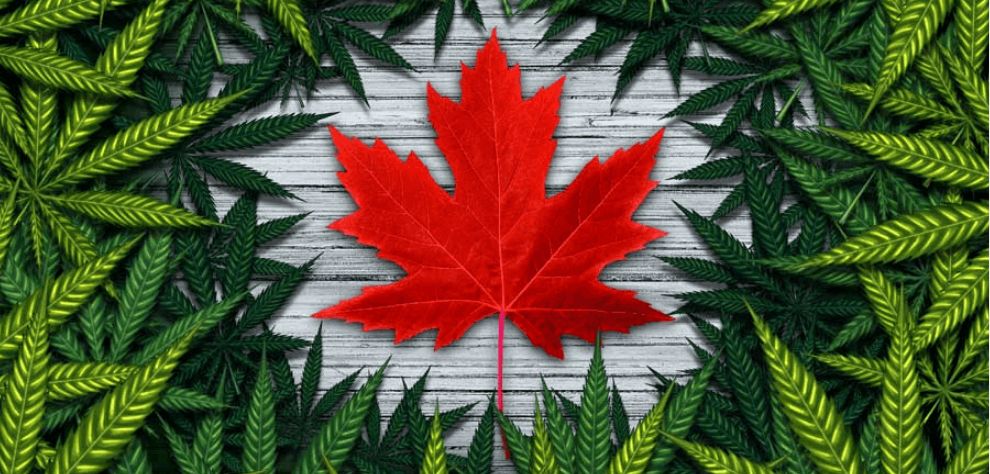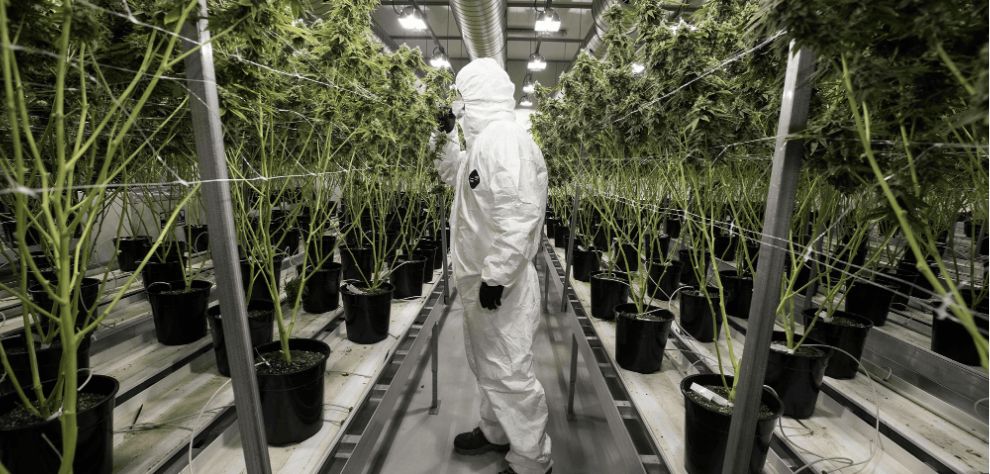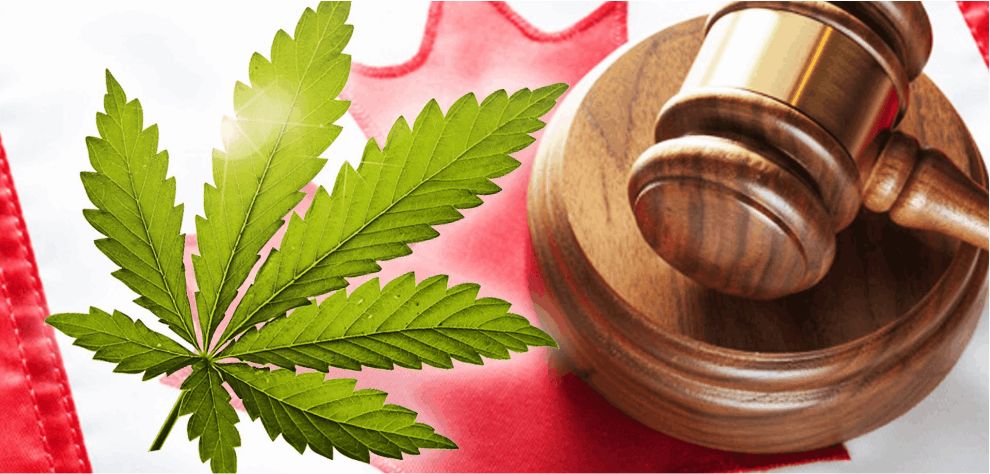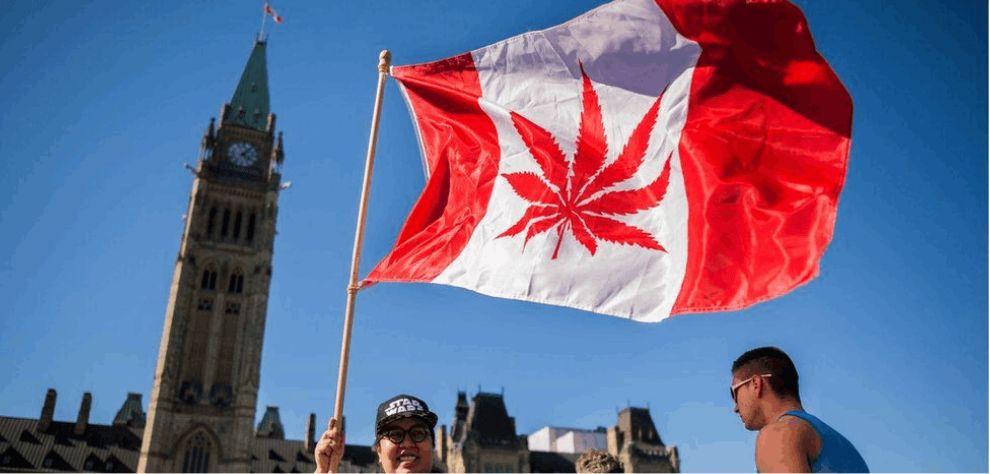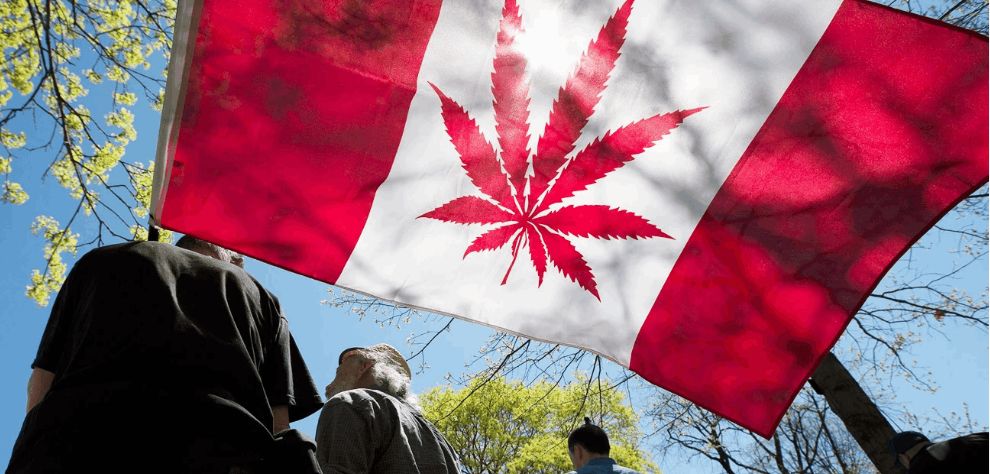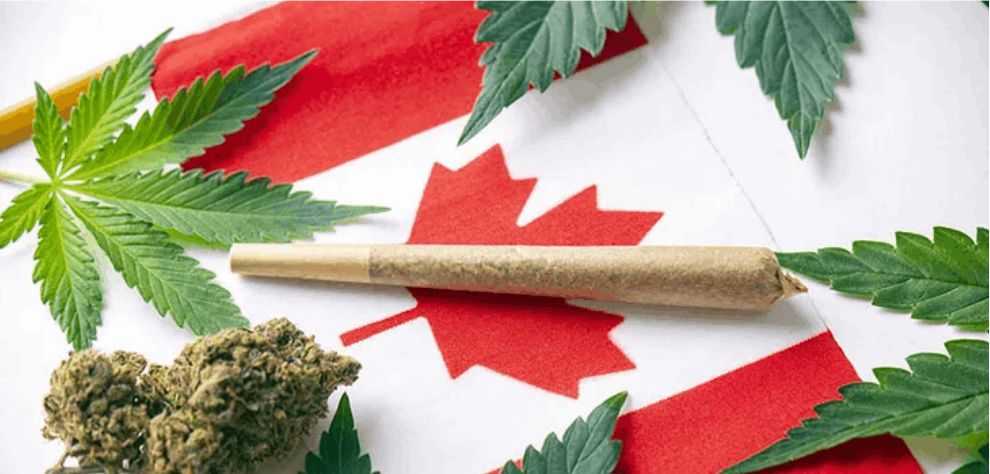The Evolution of Recreational Cannabis: From Counterculture to Mainstream
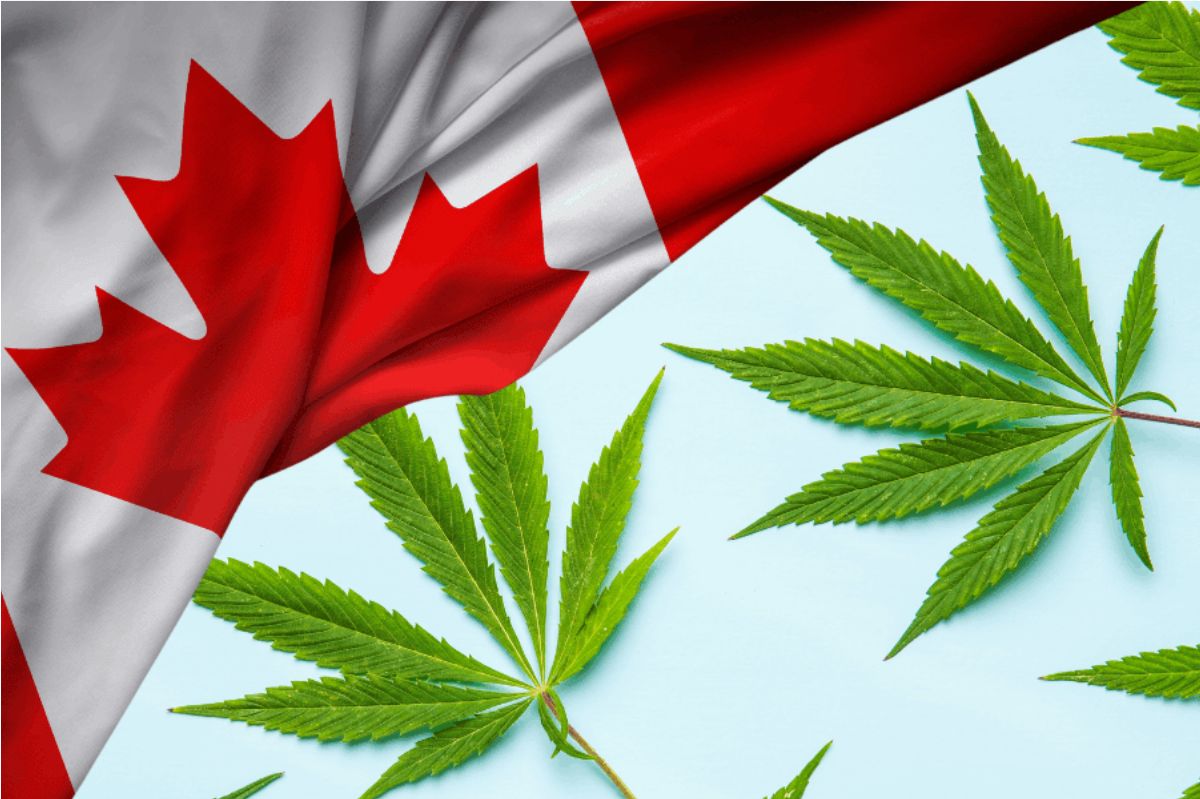
High Times in the True North: The Surprising History of Cannabis Legalization in Canada
The history of recreational cannabis legalization in Canada is a fascinating journey that reflects the evolving attitudes towards this once-taboo substance.
From its counterculture roots to cannabis legalization, cannabis has impacted the nation’s social, political, and economic landscapes.
In the early days, cannabis emerged as a symbol of counterculture, linked closely to the hippie movement of the 1960s and 1970s.
The era cemented cannabis as a rebellious icon subjecting users to harsh criminalization, beginning a dark era of prohibition.
However, the perception changed with time.
There was a growing awareness of the potential medical benefits of cannabis. In response to the claimed therapeutic benefits, Canada introduced the Medical Marijuana Access Regulations MMAR in 2001.
Stigma against the use of the plant started to soften. In addition, the rise of cannabis activism fueled the momentum for legalization.
In this article, we’ll delve into the fascinating evolution of recreational cannabis in Canada, tracing its trajectory from a counterculture symbol to a mainstream commodity.
Counterculture Roots of Cannabis in Canada
Cannabis use in Canada dates back centuries. Some records show indigenous communities used it for medicinal and spiritual purposes.
In the 1960s and 1970s, Canada, much like the rest of the Western world, witnessed a cultural revolution marked by the rise of the hippie movement.
Many young people embraced cannabis as a way to challenge authority, show dissatisfaction with societal norms, and explore alternative ways of living.
Consequently, the plant’s use became associated with anti-war protests and civil rights movements. Then again, some renowned music festivals such as the Woodstock festival in 1969 cemented the link between cannabis and counterculture.
In response, authorities set up international drug treaties to suppress the counterculture movement. The Canadian government joined the global “War on Drugs” criminalizing the use of drugs including cannabis, also stigmatizing cannabis users.
The latter half of the 20th century and early 21st century saw cannabis enthusiasts face legal action for cannabis use or possession.
Criminalization of Cannabis in Canada
In 1923, Canada officially added cannabis to the Confidential Restricted List under the Narcotics Drug Act Amendment Bill. The bill passed without public participation during a late-night session of the House of Commons on 23 April 1923.
Canadian law enforcement largely ignored cannabis use or possession until the 1930s when the United States launched a nationwide campaign against marijuana. The campaign influenced Canada to adopt similar drug policies.
The Marihuana Tax Act of 1937, enacted in the United States, heavily influenced Canada’s approach to cannabis. The law heavily taxed and regulated cannabis use and distribution.
Moreover, as the counterculture movement gained momentum in the 1960s authorities began to enforce cannabis-related laws actively, resulting in numerous arrests and convictions.
The “War on Drugs” declared by the United States heightened the criminalization of cannabis in North America including Canada. The Canadian government implemented harsh drug laws.
The laws included a mandatory minimum sentence of 7 years in prison for possession and up to life for trafficking or supplying cannabis.
Over a decade later, in 1973, the Canadian federal government formed the Le Dain Commission. The aim is to study the effects of cannabis use.
The commission identified cannabis prohibitions as costly to the state and individuals and hence started the idea of decriminalizing cannabis possession.
Medical Cannabis and Changing Attitudes to Cannabis Use
In 1999 changes were made in the controlled drugs and act substances to give legal access to dried marijuana for medical purposes.
Several more changes opened doors for the implementation of the Marihuana Medical Access Regulations (MMAR) in 2001.
The MMAR, now known as Access to Cannabis for Medical Purposes Regulations (ACMPR) as of 2016, gave access to dried marijuana for medical purposes upon authorization by a health care provider.
The introduction of the MMAR sparked a public conversation about cannabis and its medicinal potential. Patients, advocates, and scientists came forward to share their experiences and research findings, challenging long-held stereotypes and stigmas surrounding the plant.
The gradual acceptance of medical cannabis laid the foundation for broader cannabis law reform in Canada.
In time, medical cannabis would play a crucial role in changing public opinion, sparking further dialogue, and setting the stage for the eventual legalization of recreational cannabis.
Cannabis Activist Movement
The rise of the cannabis activist movement in Canada played a major role in pushing for reforms in cannabis laws.
Cannabis activists organized rallies, protests, and educational campaigns to raise awareness about the plant’s potential benefits. They also attempted to clear up myths and misconceptions regarding cannabis use.
Over time, the cannabis activist movement gained broader public support. Opinion polls indicated an increasing number of Canadians in favour of reforms.
Cannabis advocates helped dismantle the stigma surrounding cannabis and bring about meaningful change.
Ultimately they shaped Canada’s approach to cannabis from one of criminalization to one of regulation and acceptance.
Legalization and Regulation of Recreational Cannabis
In 2015, the election of Justin Trudeau as prime minister of Canada marked a breakthrough in cannabis legalization. In his campaign, he promised to legalize and regulate recreational cannabis.
His victory signified a possible shift in the conservative view toward cannabis use. In an effort to have cannabis legalized the Canadian government established the Task Force on Cannabis Legalization and Regulation.
The committee compromised experts in various fields and engaged stakeholders and the general public to give insights on cannabis legalization. They also sought to address concerns related to public health, safety, and the economy.
In April 2017, the government introduced the Cannabis Act, which was made official on June 21, 2018. The act regulated the production, distribution, sale, possession, and consumption of cannabis.
The primary objectives were to keep cannabis away from minors, eliminate the illegal market, and prioritize public health and safety. Cannabis was legalized for recreational use for adults 18 years and over.
Moreover, the Provinces and territories were given the authority to enforce their own policies.
In the same year, Canada became the second country in the world after Uruguay, to legalize recreational cannabis at the federal level.
The following year, 2019, the federal government launched a pardoning program for those with a criminal record for simple cannabis possession. However, only 395 people were pardoned instead of the estimated 10,000 Canadians eligible.
Nonetheless, the cannabis act opened doors for a new approach toward the use and possession of cannabis.
The Cannabis Act
The Cannabis Act set out a comprehensive framework to govern various aspects of the cannabis industry, including cultivation, distribution, retail, possession limits, and advertising.
One of the key elements of cannabis legalization was the establishment of a legal and licensed production system. Health Canada oversees the licensing process for cannabis producers.
Licensed producers now could cultivate various strains of cannabis and create a wide range of cannabis products, including dried flowers, oils, edibles, and concentrates.
As the distribution and retail models were left to provinces some opted for government-run retail stores while others allowed private businesses to run cannabis retail outlets.
The retail outlets are in the form of online dispensaries or physical stores. The intention is to provide accessible and regulated markets, creating safer environments for consumers.
Furthermore, cannabis products must adhere to specific labelling requirements clearly stating the cannabis compounds present and the levels.
Marketing of cannabis products is restricted to protect minors and prevent deceptive promotion.
In the aftermath of cannabis legalization, the legal cannabis industry experienced significant growth, creating jobs and contributing to the economy.
Cannabis and the Canadian Economy
The legal cannabis industry rose as a substantial economic driver creating jobs, stimulating investment and generating tax revenue.
Cannabis cultivation, manufacturing and retail markets created a demand for labour creating new jobs. The industry also created ancillary services like marketing, consulting, and legal services contributing further to the economy.
Legal cannabis sales also contributed substantial tax revenue to federal, provincial, and municipal governments.
Furthermore, the legal cannabis industry attracted domestic and international investments. This action propelled innovation and research within the sector.
Canadian cannabis companies became leaders in cannabis technology, cultivation techniques, and product development. The advancements helped position Canada at the forefront of the global cannabis market.
Either way, the legal market faces fierce competition from the black market. The black market offers lower prices and a wider variety of products.
That said, the sales of legal adult-use cannabis in 2022 hit CA$ 4.5 billion.
Takeaway
The journey of recreational cannabis legalization in Canada is a testament to the power of social change and evidence-based policymaking.
The transformation of cannabis from a symbol of rebellion from its countercultural roots to mainstream acceptance as a regulated commodity is marked by significant milestones. From the activist movement, the recognition of medical cannabis and finally recreational cannabis legalization.
Cannabis legalization brought about job opportunities, increased revenue for federal and local governments and safe cannabis products for consumers.
Canada stands out as a benchmark for cannabis legalization offering valuable lessons to other nations in shaping effective and compassionate drug policies.

